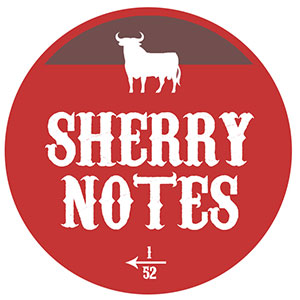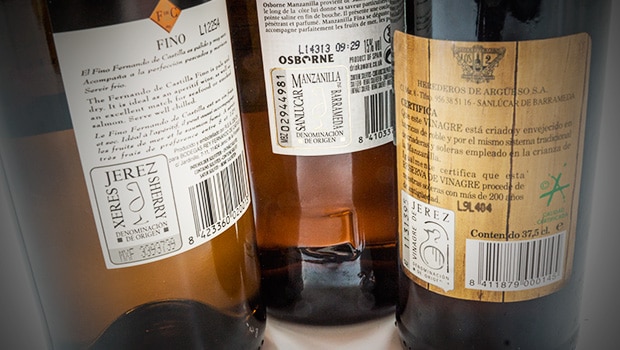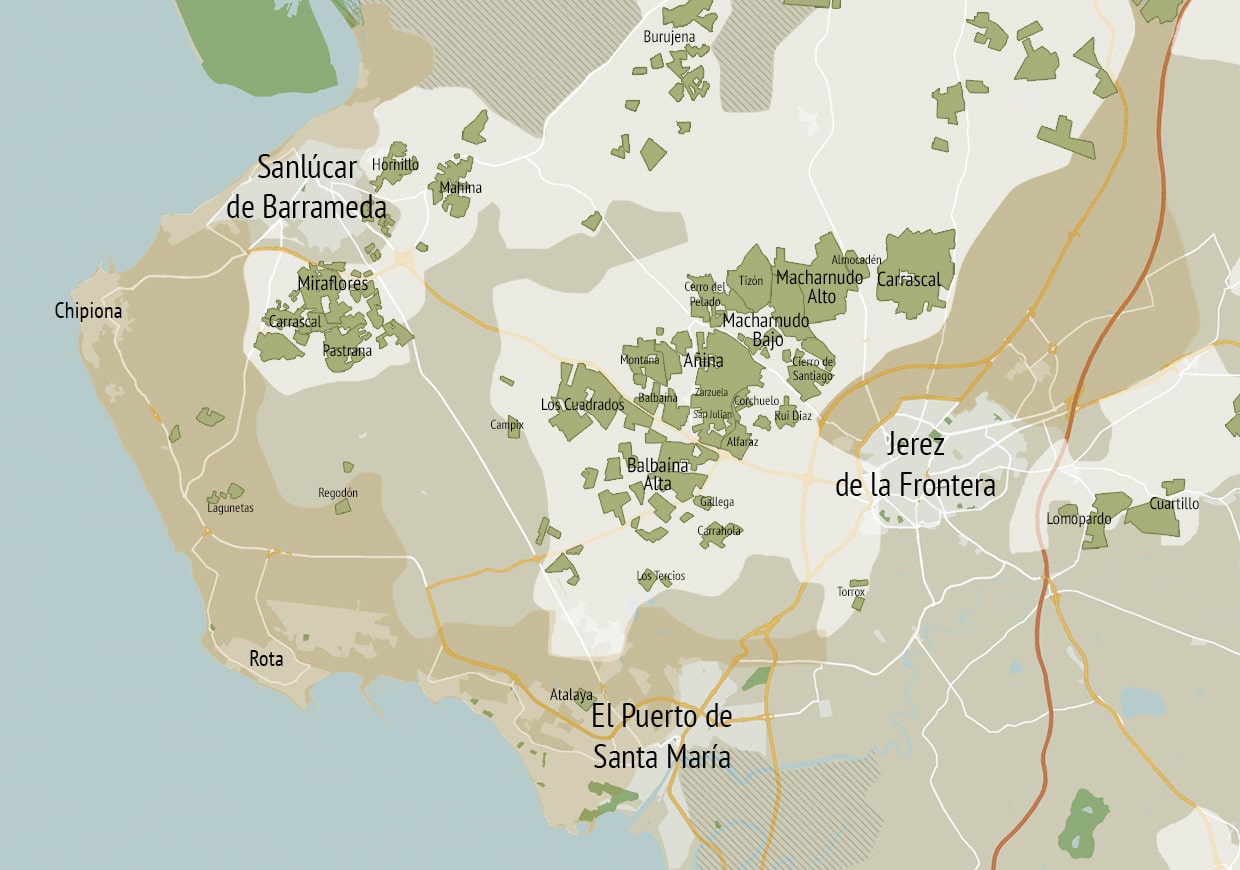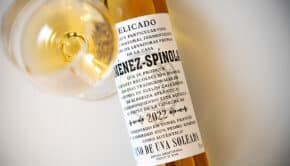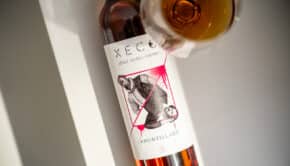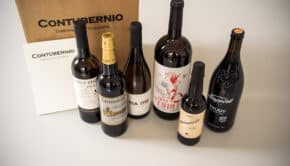Jerez-Xeres-Sherry
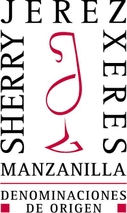
D.O. stands for Denominación de Origen or Denomination of Origin / Designation of Origin. It is part of a Spanish regulatory classification system primarily for wines, similar to the French appellations. However it’s also used for cheese and other food that is produced according to specific local traditions. Since 1933, Jerez-Xérès-Sherry is an official D.O. – it was recognized as one the first in Spain.
D.O. Jerez-Xéres-Sherry
Why three names you ask? Well, because the wines of Jerez had been popular in Spain (as Vinos de Jerez) but just as well in France (Xérès) and England (Sherry). So even today each bottle of sherry still bears a label with the name in three languages, as Jerez-Xérès-Sherry. Another reason was the fact that sherry wines were widely copied. They simply intended to hold the exclusive rights to the name in all languages where the wine was being replicated. Back then this was much easier when the names were part of the official D.O. name.
Note that not all wines that are produced in this area automatically belong to / are protected by the denomination of origin. They have to be produced according to a specific set or rules defined by a regulatory office called the Consejo Regulador. Classic white or red table wines from the same region are obviously not sherry. Equally, when bodegas outside of the triangle produce wines according to the Sherry process, they still can’t use the name Sherry. This is the case for the neighbouring D.O. Montilla-Moriles for example, where they produce wines that are very similar to sherries.
Apart from the general Jerez-Xérès-Sherry, there is also a separate D.O. Manzanilla – Sanlúcar de Barrameda. This represents the slightly lighter, coastal wines of Sanlúcar, some 20 km west of Jerez. Most of their regulations are shared. There’s even a third D.O. within the Jerez region: in 1994 the producers of sherry vinegar achieved the status of a D.O. Vinagre de Jerez.
Sherry triangle / Marco de Jerez
Defining a geographical region in which a certain product can be produced, is a key element in any denomination of origin. Traditionally all sherry had to be aged in the so-called Sherry Triangle. This is formed by three cities: Jerez de la Frontera and the nearby coastal towns of Puerto de Santa María and Sanlúcar de Barrameda. However grapes and vinification could also take place in six neighbouring municipalities.
This larger zone contains different pagos or vineyard districts. Some of the highly regarded names include Macharnudo, Carrascal, Balbaina and Añina. Currently around 7.000 hectares of vines are in use (but this number is in decline), divided among around 1.800 registered growers.
Until 2021 there was a so-called Ageing and Maturing Zone or zona de crianza where wines had to be matured. Next there was a larger Production Zone which included six neighbouring towns: Chipiona, Chiclana, Rota, Trebujena, Puerto Real, Chiclana and Lebrija. Vineyards were allowed to grow grapes for the production of sherry, but wines produced in the production zone could not carry the name sherry.
Since 2021 the regulations of the denomination have changed: now all nine municipalities are treated equally as one large production and ageing zone. While the area is still defined by the triangle, it is more correct to talk about the Marco de Jerez (literally: the sherry frame or sherry outline).
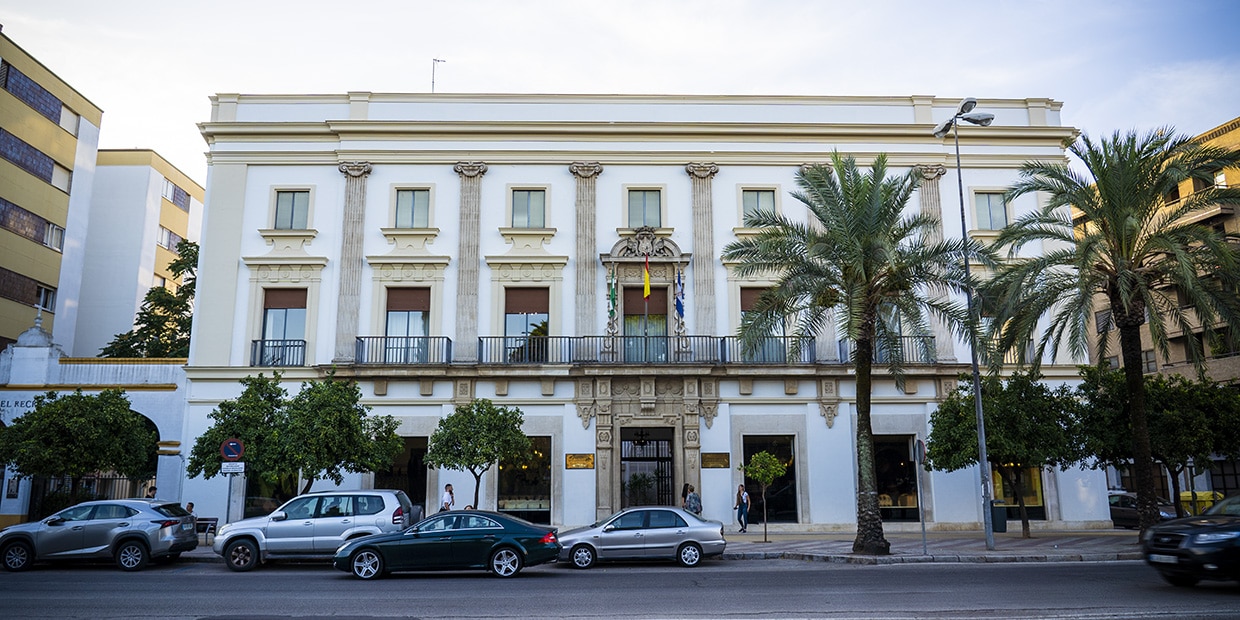
The Consejo Regulador in Jerez
Consejo Regulador: Sherry regulations
The rules of the D.O. Jerez-Xérès-Sherry are set out in documents known as the “Regulations”. They give us the relevant details concerning the authorized region, the grape varieties and cultivation techniques, and basic aspects concerning the production and ageing. The regulations also specify the functioning of the Consejo Regulador, the management institution of sherry wines. The Consejo, currently led by César Saldaña, is also in charge of quality control, research and innovation, certification and promotion of the wines.
Though separate D.O.’s, the Jerez and Manzanilla areas are both governed by the same norms. Sherry is protected by the Spanish wine law, by the regional wine law (Andalusia) and by documents produced by the Consejo Regulador (for sherry specifically).
When it comes to the definition of the wines, the regulations of production methods and such, these are the most important documents that apply:
- Sherry: Pliego de Condiciones – technical charter (30/11/2011)
- Manzanille: Pliego de Condiciones – technical charter (30/11/2011)
- Sherry vinegar: Pliego de Condiciones – technical charter (08/07/2010)
Mind that the 2021 changes are not yet reflected in these documents.

